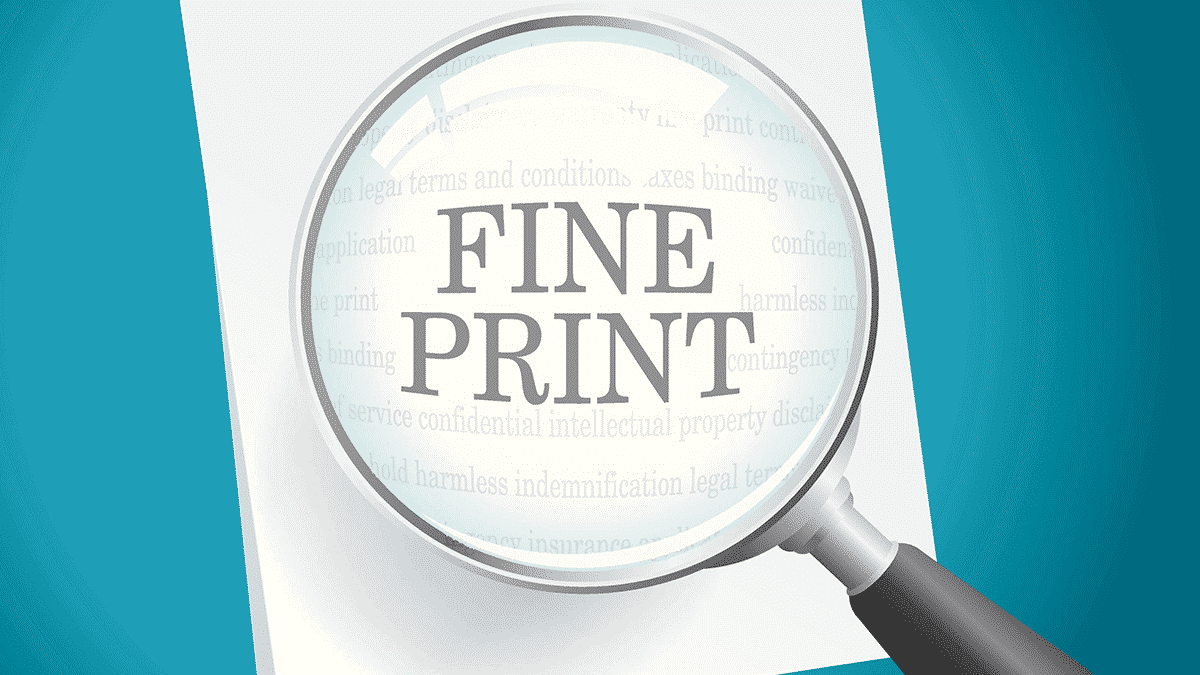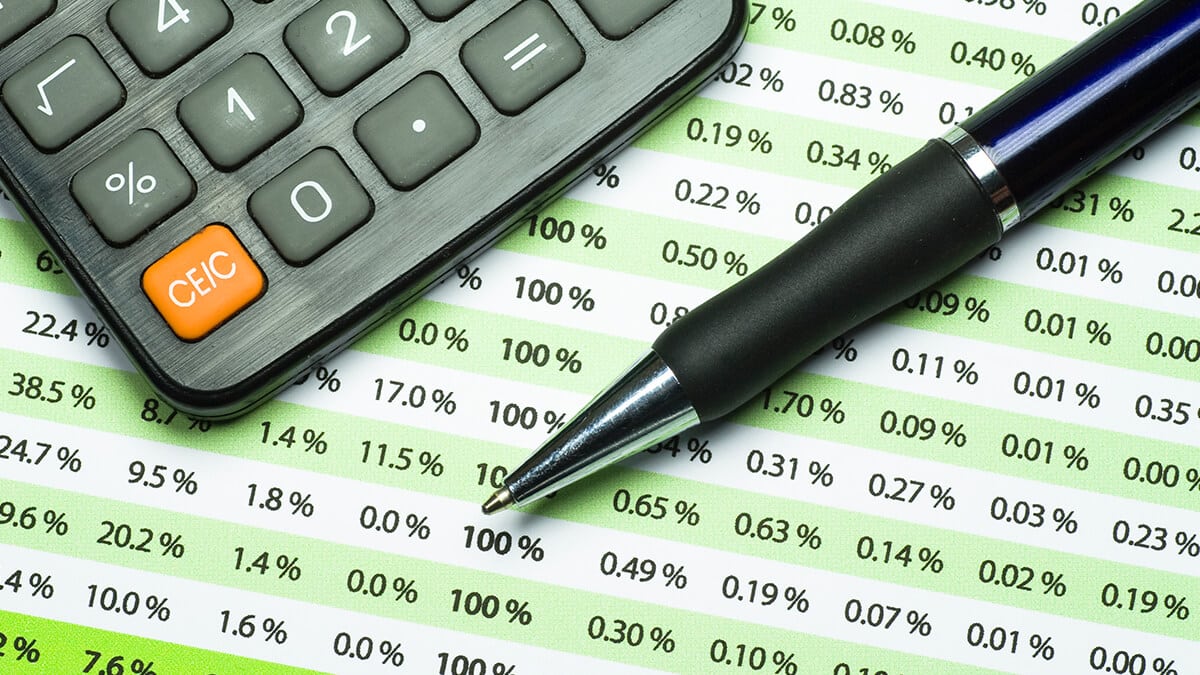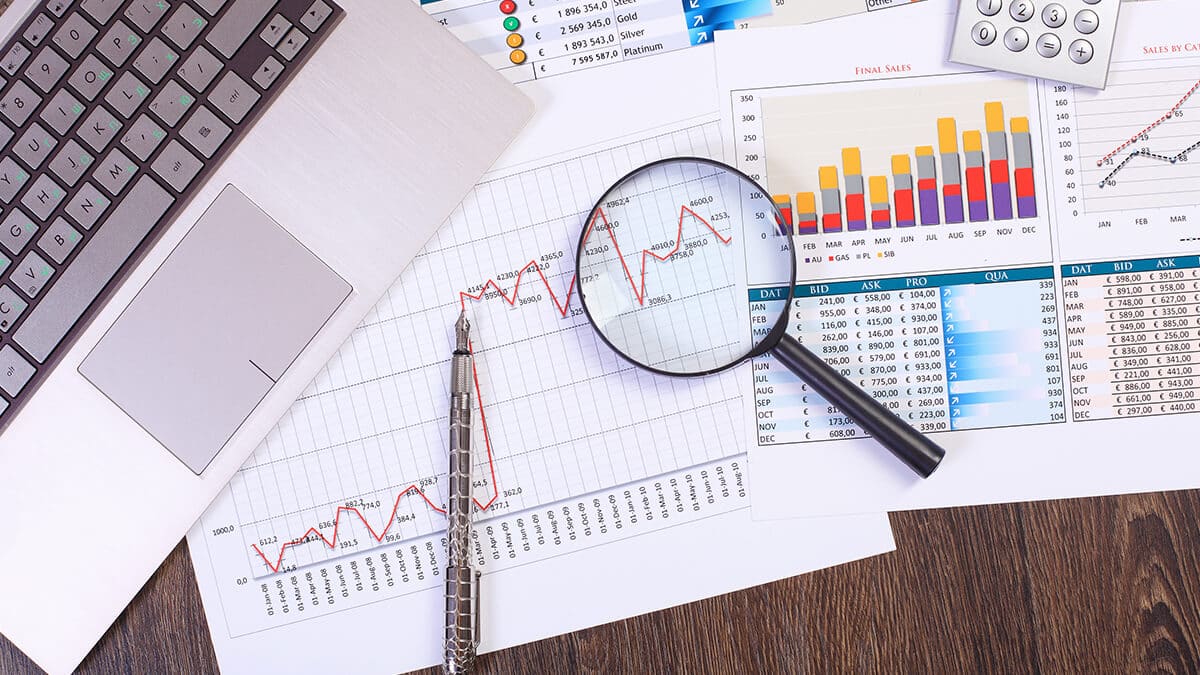In this guide
Simply put, superannuation (or super) is money you put in a super fund while you are working to provide income later in life when you retire. Given the average Australian can expect around 20 years of retirement, and the Age Pension is designed to provide only the most basic needs, the more you can save now the more comfortable and enjoyable your retirement years will be.
For most working-age Australians, super is a right. If you are aged over 18 and are regarded as an employee for tax purposes, your employer must pay money into a super account in your name, which is then managed by a super fund.
This is called the Superannuation Guarantee (SG) and employers are legally bound to contribute 11.5% of your gross income (for 2024–25, rising to 12% for 2025–26 and beyond), including bonuses, commissions and loadings.
If you are under 18 or classified as a private or domestic worker (like a nanny), you must work for your employer more than 30 hours a week to qualify for SG payments.
You can also make voluntary, personal contributions to further boost your savings. For the self-employed, super is entirely voluntary.
Important
Superannuation broadly has two phases:
1. Accumulation phase
The accumulation phase is the first stage of everyone’s super journey – when you are contributing to your super account and your super balance is accumulating. Contributions during the accumulation phase, and investment earnings on them, are ‘locked away’ (preserved) until at least age 60, except in special circumstances. If you made voluntary contributions prior to 1 July 1999, these are likely to be non-preserved and available to withdraw any time.
Concessional (before tax) contributions and fund earnings in the accumulation phase are taxed at the rate of 15% (up to the concessional contributions cap).
A few government super funds are untaxed and in these funds no tax is payable on contributions or fund earnings. Their members pay higher tax rates when accessing their money to compensate for this.
2. Retirement phase
Super funds are transferred into the retirement phase when a member starts a super income stream (or pension). Since July 2017 there has been a cap on the amount that can be transferred into the retirement phase (known as the transfer balance cap). The transfer balance cap is $1.9 million in 2024–25.
Fund earnings on assets transferred into the retirement phase to support an income stream are tax free.
The retirement phase was called the pension phase until 1 July 2017.
How did we get here?
Super may seem like part of the financial furniture, but it hasn’t always been that way. The introduction of compulsory super back in 1992 changed the savings and investment landscape in ways few could have imagined.
By December 2023, Australians had $3.7 trillion invested in super, making Australia the fifth largest holder of pension assets in the world. What was once a privilege restricted to managers, professionals and public servants now enjoys near universal coverage among employees, though coverage still lags for women and the self-employed.
Younger Australians will also have the benefit of higher employer contributions from the start of their working lives. The SG, originally set at 3%, rose to 9% in July 2002, 9.5% in July 2014, 10% in July 2021 and 0.5% each financial year since then. The rate will reach its final legislated rate of 12% in 2025–26.
















